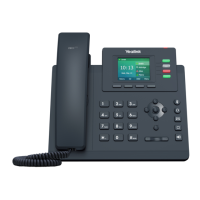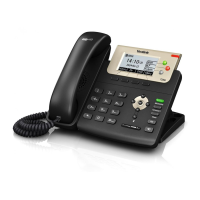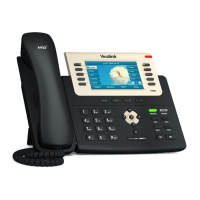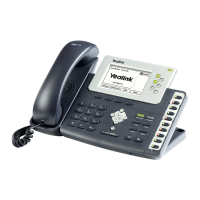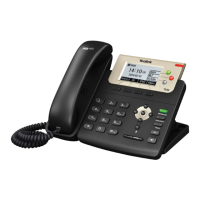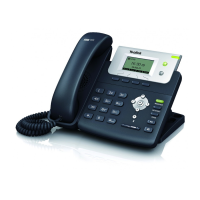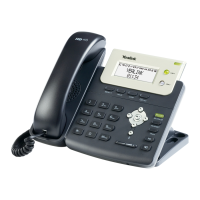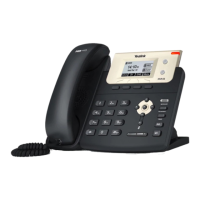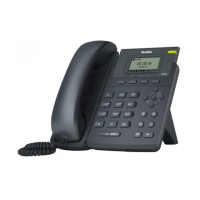Configuring Advanced Features
193
provides remote offices or individual users with secure access to their organization's
network. There are two types of VPN access: remote-access VPN (connecting an
individual device to a network) and site-to-site VPN (connecting two networks together).
Remote-access VPN allows employees to access their company's intranet from home or
outside the office, and site-to-site VPN allows employees in geographically separated
offices to share one cohesive virtual network. VPN can be also classified by the
protocols used to tunnel the traffic. It provides security through tunneling protocols:
IPSec, SSL, L2TP and PPTP.
IP phones support SSL VPN, which provides remote-access VPN capabilities through SSL.
OpenVPN is a full featured SSL VPN software solution that creates secure connections in
remote access facilities, designed to work with the
TUN/TAP
virtual network interface.
TUN and TAP are virtual network kernel devices. TAP simulates a link layer device and
provides a virtual point-to-point connection, while TUN simulates a network layer device
and provides a virtual network segment. IP phones use OpenVPN to achieve VPN
feature. To prevent disclosure of private information, tunnel endpoints must authenticate
each other before secure VPN tunnel is established. After VPN feature is configured
properly on the IP phone, the IP phone acts as a VPN client and uses the certificates to
authenticate the VPN server.
To use VPN, the compressed package of VPN-related files should be uploaded to the IP
phone in advance. The file format of the compressed package must be *.tar. For
SIP-T28/T26P/T22P IP phones, the maximum file size is 100KB. For SIP-T21P/T19P IP phones,
the maximum file size is 200KB. The related VPN files are: certificates (ca.crt and
client.crt), key (client.key) and the configuration file (vpn.cnf) of the VPN client. For more
information on how to package a TAR file, refer to
OpenVPN Feature on Yealink IP
Phones
, available online:
http://www.yealink.com/DocumentDownload.aspx?CateId=142&flag=142.
Note
Procedure
VPN can be configured using the configuration files or locally.
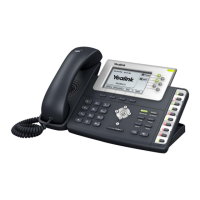
